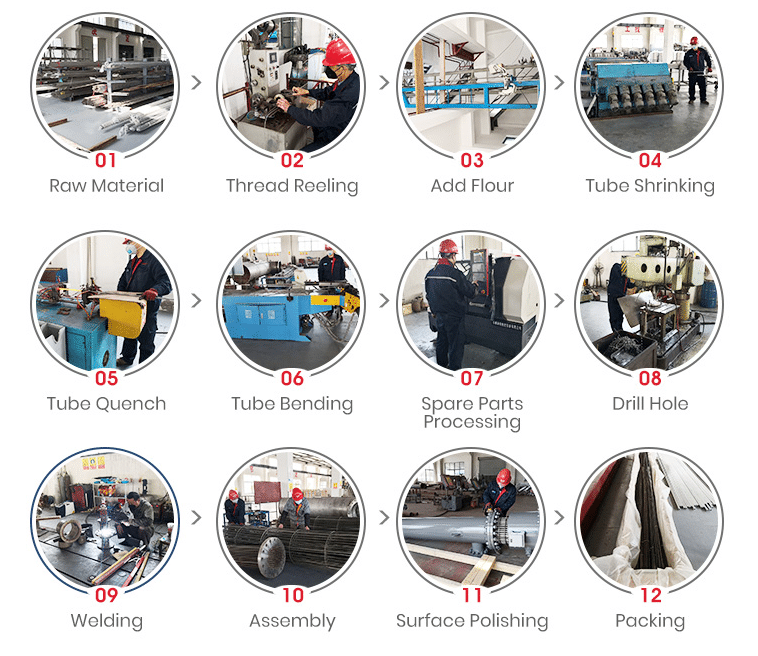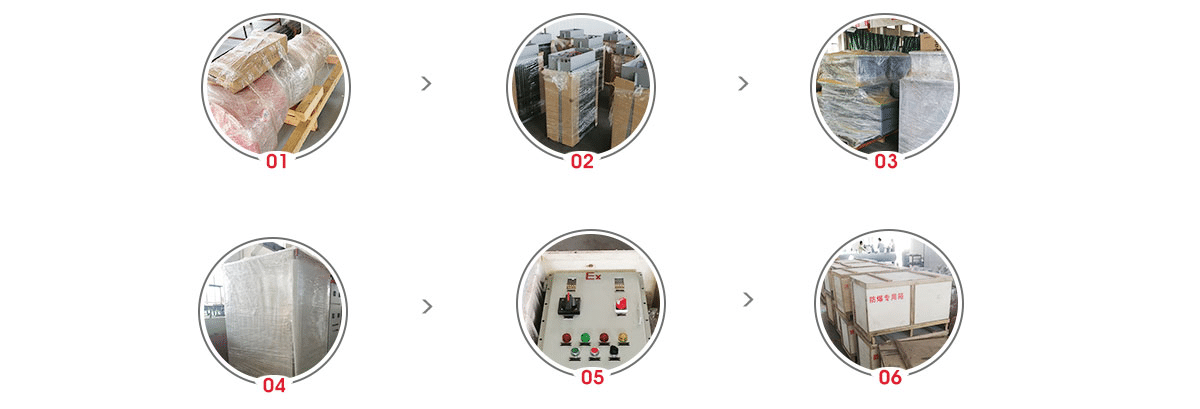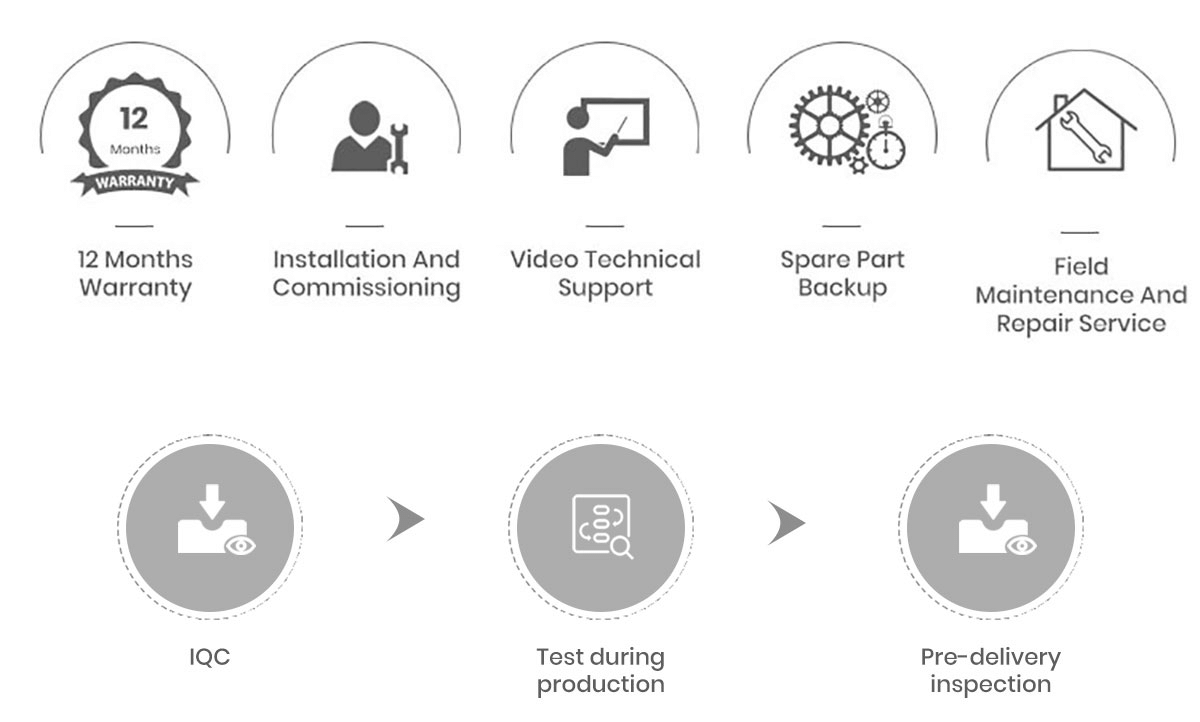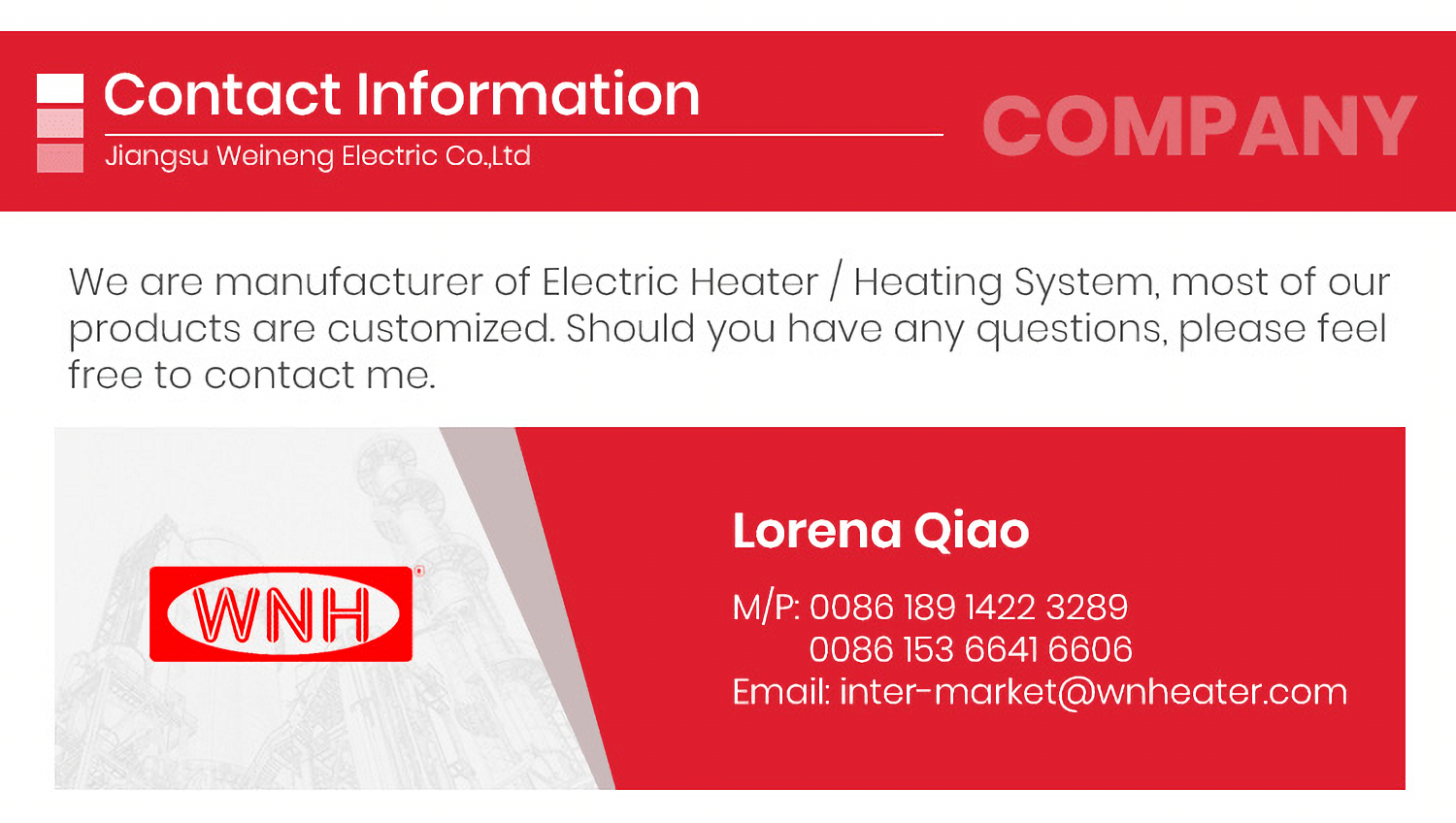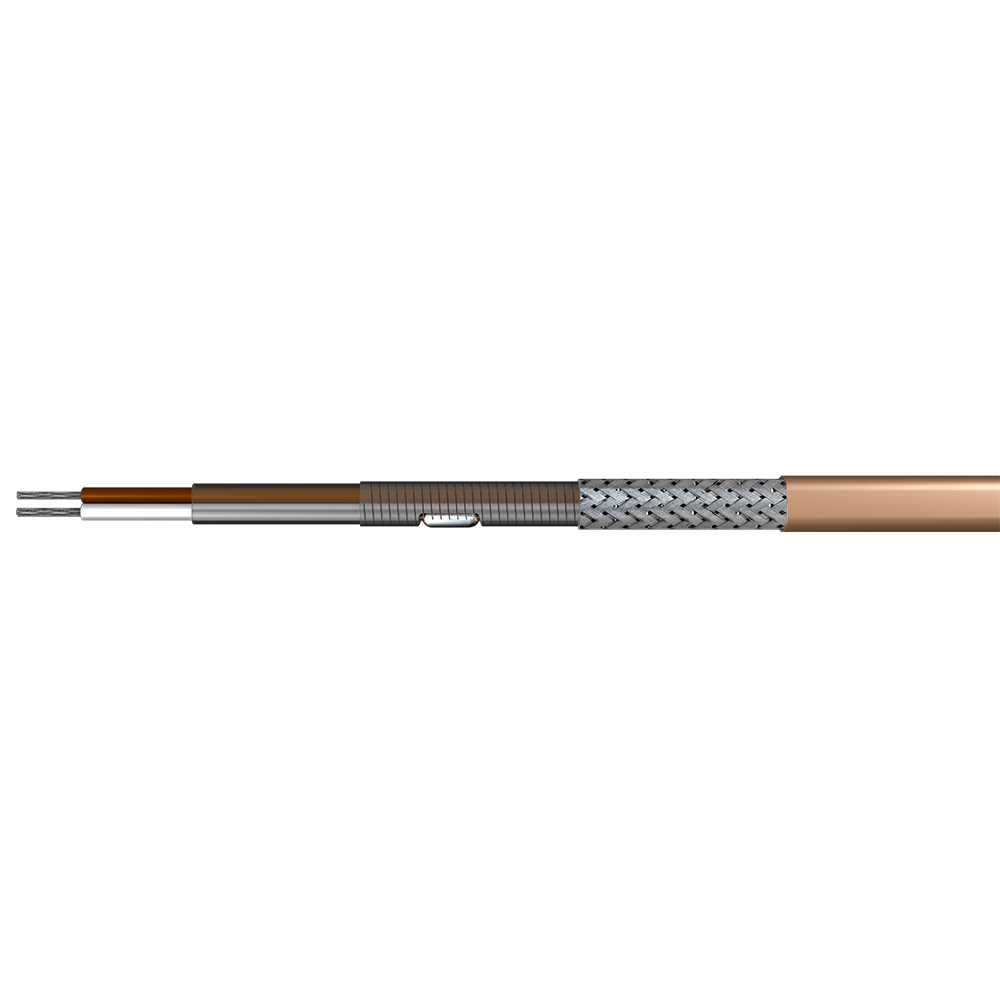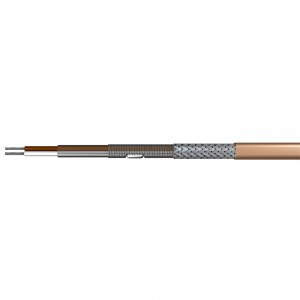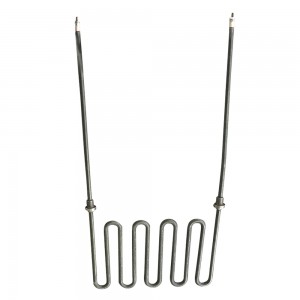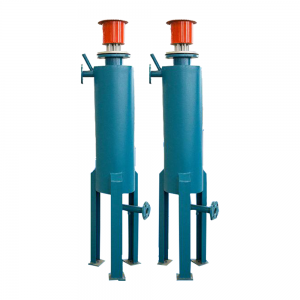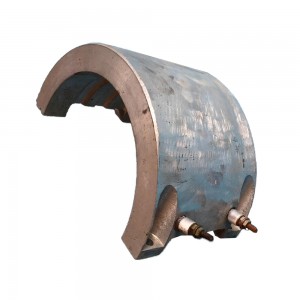Constant wattage trace heating
The heating value per unit length of the constant power heating belt is constant. The longer the heating belt used, the greater the output power. The heating tape can be cut to length according to actual needs on site, and is flexible, and can be laid close to the surface of the pipeline. The braided layer of the outer layer of the heating belt can play a role in heat transfer and heat dissipation, improve the overall strength of the heating belt, and also be used as a safety grounding wire
Generally used for heat tracing and insulation of small pipelines or short pipelines in pipe network systems
1.Are you factory?
Yes, we are factory, all customers are more than welcome to visit our factory .
2.What are the available product certifications?
We have certifications such as: ATEX, CE, CNEX. IS014001, OHSAS18001,SIRA, DCI. Etc
3.What is heat tracing in piping?
Pipe Tracing (a.k.a heat tracing) is commonly used to ensure that process, fluid, or material temperatures within pipes and piping systems are maintained above ambient temperatures during static flow conditions along with providing supplemental freeze protection in certain applications.
4.Does heat tape use a lot of electricity?
Typical heat tape burns electricity at six to nine watts per foot per hour. That means each 100 feet of heat tape operating 24/7 can translate to an added monthly cost of $41 to $62 to operate heat tape.
5.What's the difference between heat tape and heat cable?
Heat trace cable is somewhat stiff, but it's pliable enough to wrap it around your pipes, and it does not shrink; Heating tape is extremely flexible, therefore it's better for tight contours and oddly shaped pipes. ... It needs to be wrapped perfectly and tight around each pipe.
